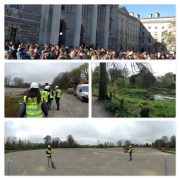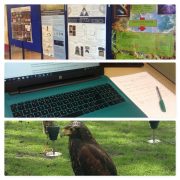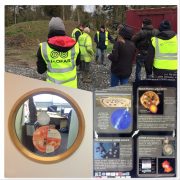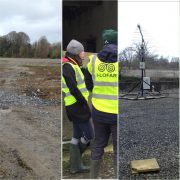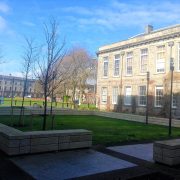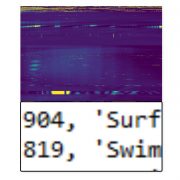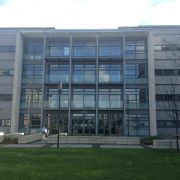Trinity Week & codify&Birr!!!!!
Week 8:
Monday:
Started with editing the new I-LOFAR website, by adding in consortium, and also adding in my blog posts.
I then moved onto POLOFAR data analysis as I am looking at a type 1 storm, and observing its intensity.
Aoife then gave me her education section she had written, so I can add it to the education section of the I-LOFAR website.
I then had a meeting with Alan (web designer), and Eoin (Post Doctorate), about the finalization of the website, which was set live at 18:40.
I then attended my last codify class today where I worked on POLOFAR data. Codify is an amazing workshop for anyone how is new to programming and even people who are pros at programming but want to improve there basic skills.
Trinity Week.
Tuesday:
I started with editing the news section of the web page, where I added hyperlinks. Then I moved onto adding images to the gallery of the I-LOFAR website.
Wednesday:
I went to Birr with Prof. Peter Gallagher, Joe McCauley, Dr. Eoin Carley, and Aoife Ryan (PhD Student). We started our day at Birr down by the I-LOFAR site where we looked at the progress made on the site since we last seen it, and it has moved along very well and they are ahead of schedule for the deliveries that will be coming in on the 28th of April. Eoin then fixed the computer in the Lord Rosse Observatory so we can now see the data again. Then myself, Peter, and Aoife went to speak to Lord Rosse and his daughter (Lady Alicia Parsons) and the site manager (Grainne), about the plans for the education centre which will be just off the site of I-LOFAR, which everyone loved, which was great!!!! Then we all went to the house we will be staying in during the summer while building I-LOFAR; as we needed to make sure it would fit the twenty of us that will be on site; which it does, it is a beautiful house and there grounds of where it is set is stunning, so, lots of pictures of the grounds will be seen in this blog during the summer.
Site of I-LOFAR.
These are the beautiful grounds of Birr, the bottom picture is of the Great Telescope on the beautiful Birr castle grounds.
Thursday:
Started my day with adding images of yesterday trip of I-LOFAR construction site into the new I-LOFAR website gallery (don’t forget to check it out).
I then continued analyzing the POLOFAR station data.
I hope everyone has an amazing Easter!!!!

